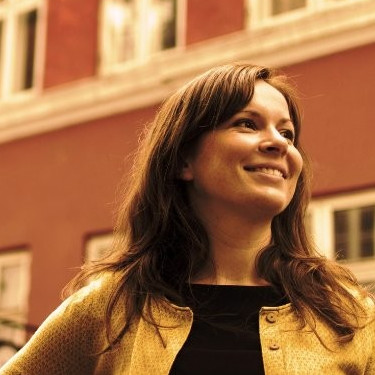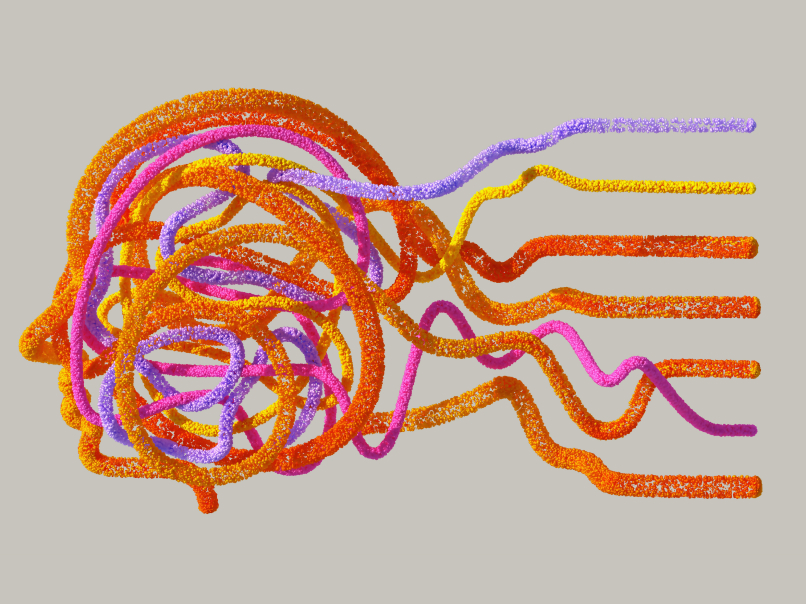
Empowering people to innovate on the ground and solve problems immediately.
We met with Jesper Müller-Krogstrup, CEO at Nosco, to talk about upskilling and capability building as a way to create a team ready to innovate and eager to learn — and keep learning — as work changes.
Written by
July 21, 2022
Changes in the way of work that impact innovation
Hybrid work is here to stay
Despite all of the challenges of the past couple of years, the COVID-19 pandemic has also shown us new possibilities and has accelerated digitalisation. Much of the global workforce moved to remote work almost overnight. Many companies were rightly worried but despite fears to the contrary, people proved that we can be more productive than ever before. However, now comes the difficult part of the journey – building onto that knowledge and moving towards a future of work that has room for everyone, regardless of location.
Working with innovation, organisations need to find ways to innovate without meeting, and translating sprints and collaborative workshops into online sessions. Digital tools supporting agile ways of working play a key role in this transformation.
Self-assigned teams & Entrepreneurship in residence
As Morten Benn recently said in an interview with Innov8rs, looking inward to get started is not only the ‘right’ thing to do- it also produces more solid solutions that are easier to implement and realize. And mobilizing and engaging employees to share their ideas creates growth and better financial performance for corporations. Tapping into your employees’ collective genius can create a potent pipeline that delivers growth, and raises engagement from within.
But in order to enable employees and facilitate self-assigned teams and intrapreneurship, organisations with more established HR models might need to adjust themselves. They need to accommodate for Individuals and teams to leave their roles for shorter periods of time to test and help validate new business opportunities for the company. Without an organisational culture clearly supporting decision-making by their employees, it is difficult even for the best self-managed teams to be successful.
Upskilling and Capability building is not about preparing people for new roles
Capability building goes beyond training and adding skills to your workforce. But it can rather radically change how work gets done.
When upskilling people in innovation, ideally you upskill people who have shown engagement in the area. They are intrinsically motivated, appreciate for example flexibility and the unknown, and most importantly they want to learn and get better.
An example:
Nosco has a programme to upskill employees and equip them with tools to become experts at evolving an idea from the abstract to the investable. That can be done on a case, or through training after teams have assigned themselves to an idea they truly believe in. In other words, you can make it an academic exercise or jump into the deep end and combine training to solve an actual problem.
Take a classical gate meeting:
Often it’s a slow death from powerpoint presentations which are way too long and the meetings are focused on technical details. And on top of that: employees presenting at a gate meeting are not trained in pitching and presenting at these type of meetings.
Therefore, in essence, Jesper Müller-Krogstrup finds upskilling to mean that “we give people the capability to do what they need and want to do, better and faster”.
Why it is a win-win
Upskilling management, middle management and employees in innovation is important to create an innovative culture.
It may take up to three years, but the benefits are worth it:
- Attraction and retention of talent
- Faster closure of projects without potential
- Way faster and cheaper validation or opportunities
- Speed from idea to realisation of the business potential.
Since sustainability is fortunately often a must to many companies, achieving new sustainable solutions and working with innovation are two sides of the same coin. Hence, training employees on how to think sustainability into the process from the beginning is a win-win.
Where to start
As Stanfort Professor BJ Fogg explains it “people can be motivated to innovate, but if they don’t know how, it’s difficult. What really motivates are mastery, autonomy, and purpose.”
So how can organisations give employees the autonomy to apply their new learning right away in their day-to-day work so it feels meaningful and relevant?
At Nosco, we use contextual based training. It is the intersection where the work we have to do regardless meets a structured and organised way of applying new knowledge.
The mindset is:
- Make the call for ideas your training ground
- Make the gate meetings a training ground.
- Make idea maturation a training ground.
- Make your incubation process your training ground.
It has to be done very intentionally, tested and then adapted to existing processes and ways of working.

Anne is specialised in helping tech-based companies scale, opening up new markets and tapping into new business opportunities. With over 10 years of experience in consulting at big companies like Trustpilot and Telenor, she has a broad toolbox to deliver impactful initiatives accelerating growth.
MORE ARTICLES






